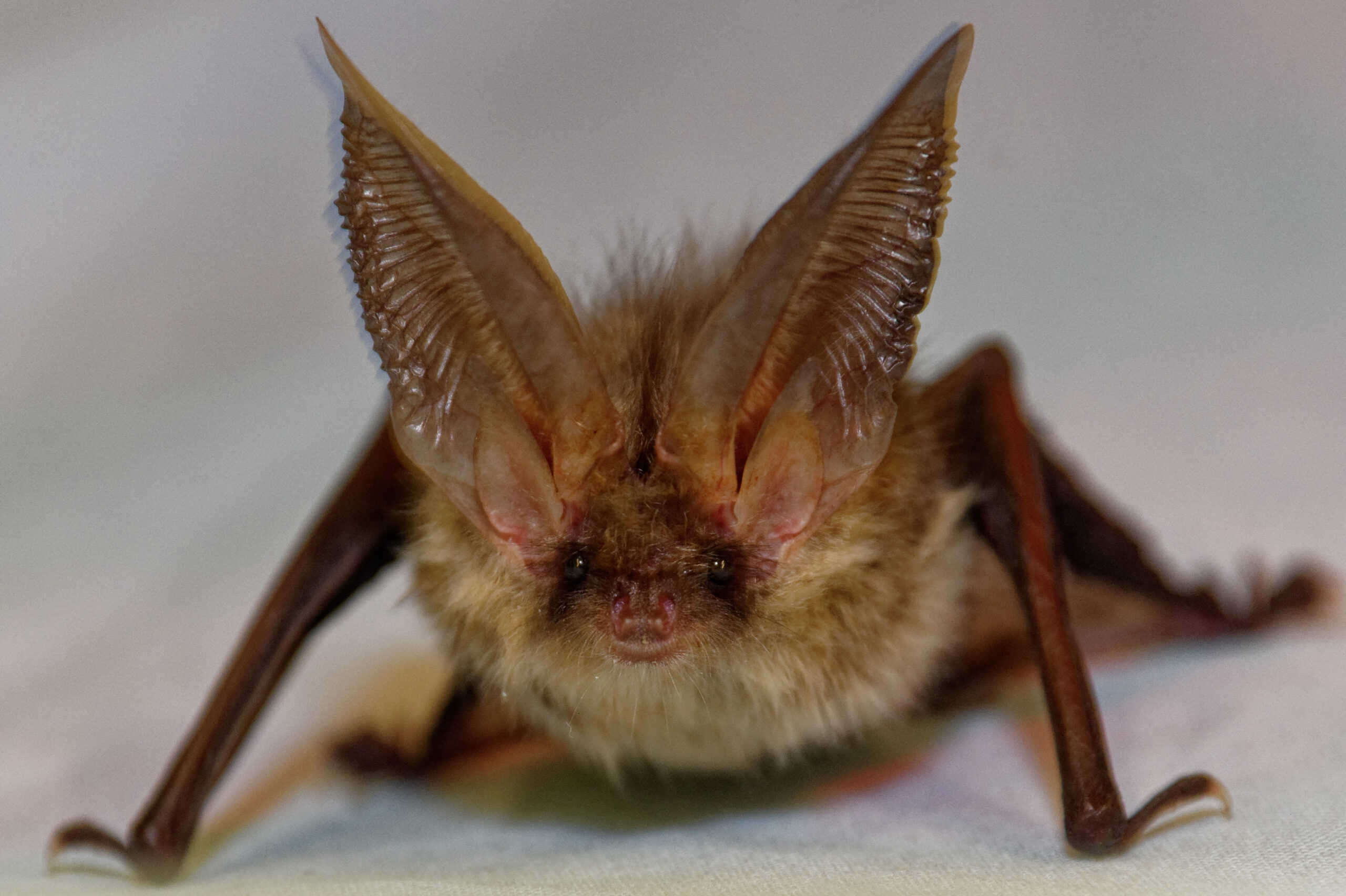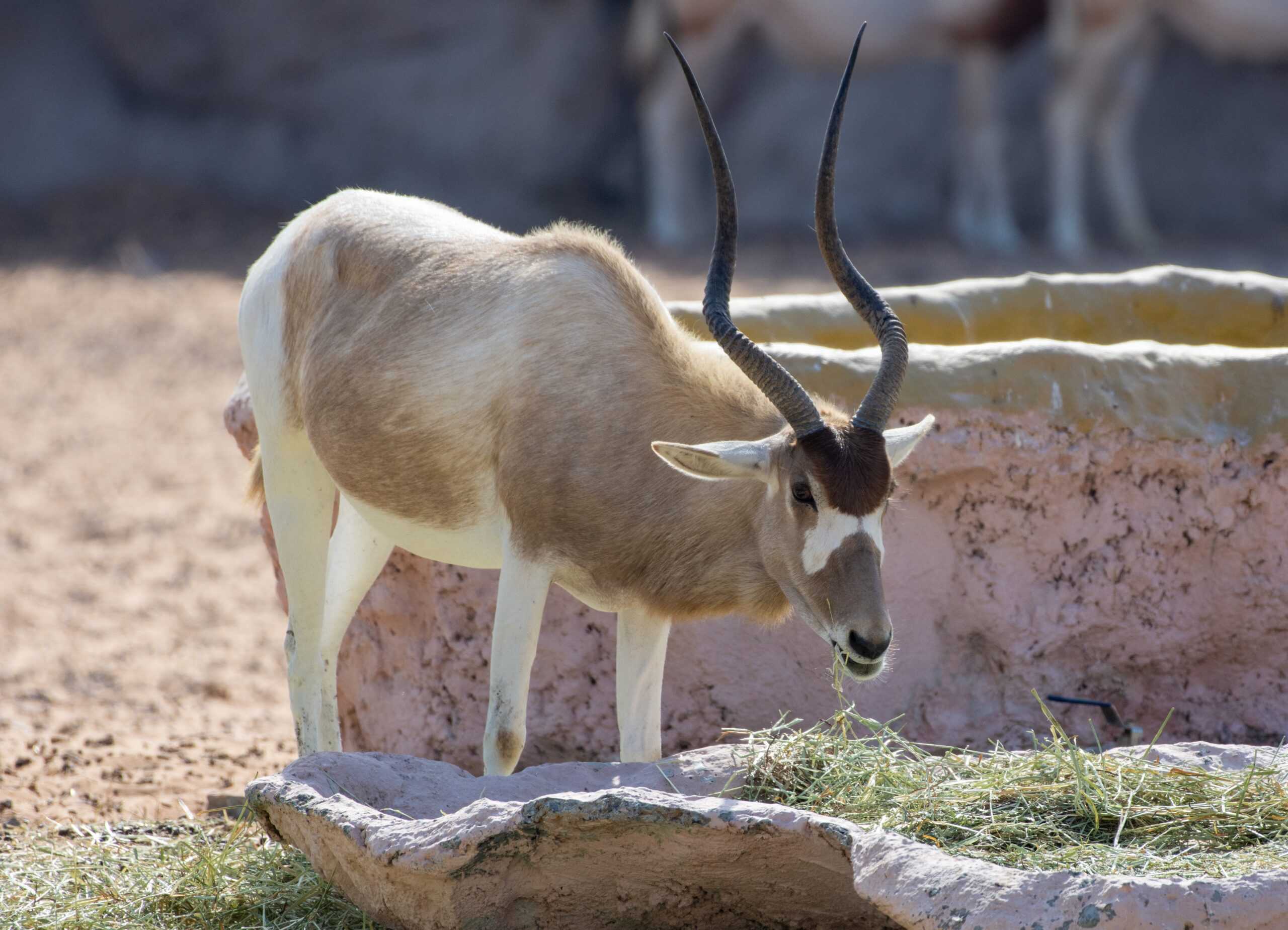In a world brimming with incredible biodiversity, there are some truly remarkable animals that most people have never heard of. From the elusive Saiga Antelope to the peculiar Purple Frog, these rare species captivate with their unique adaptations and fascinating behaviors. Despite their obscurity, many of these animals face significant threats from habitat loss, poaching, and climate change. Here, we delve into the lives of 20 extraordinary and rare creatures, uncovering the secrets of their survival and the challenges they endure.
Saiga Antelope

Distinguished by its oversized, humped nose, the Saiga Antelope roams the steppes of Central Asia. This unique nasal structure filters dust and cools the animal’s blood during the intense summer heat. However, the Saiga is critically endangered, with populations plummeting due to disease and poaching.
Pangolin
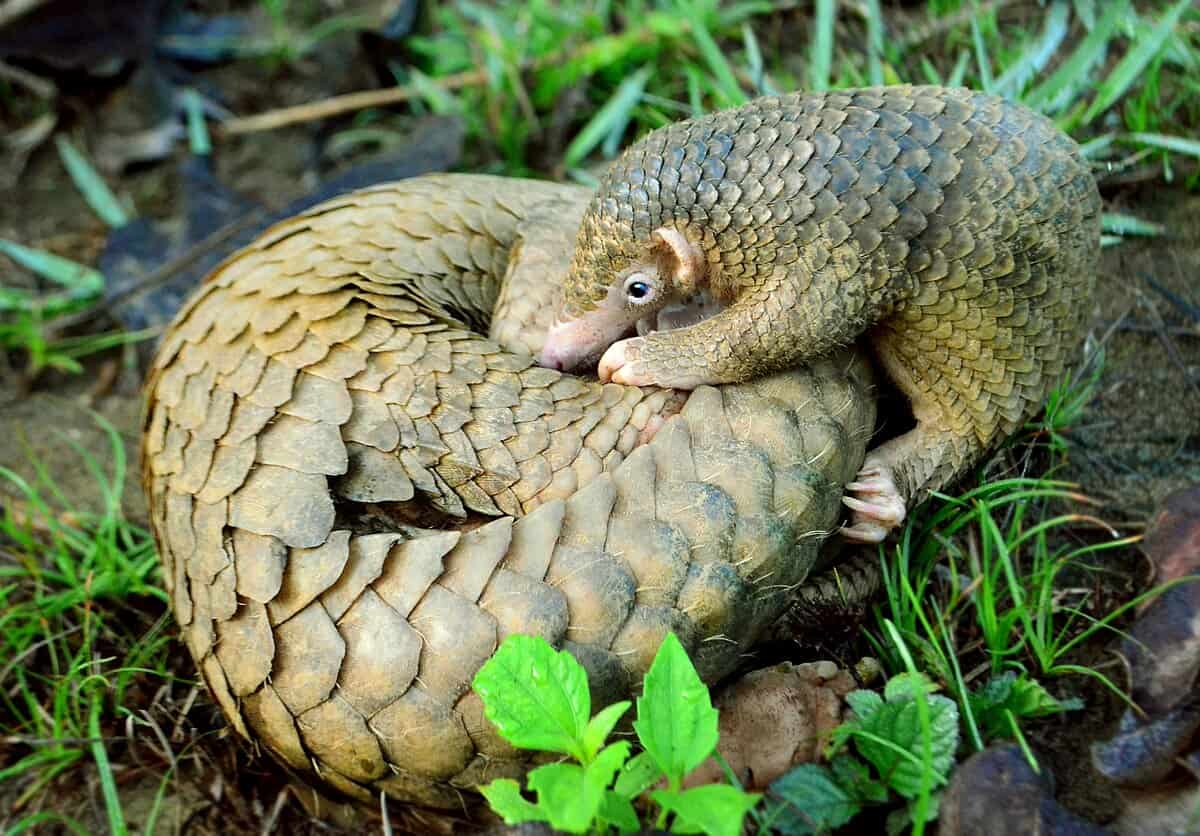
Covered in protective keratin scales, the Pangolin is the only mammal wholly encased in such armor. Found in Asia and Africa, these nocturnal creatures roll into a ball when threatened. Despite their defense mechanisms, they face severe threats from illegal wildlife trade for their scales and meat.
Aye-Aye
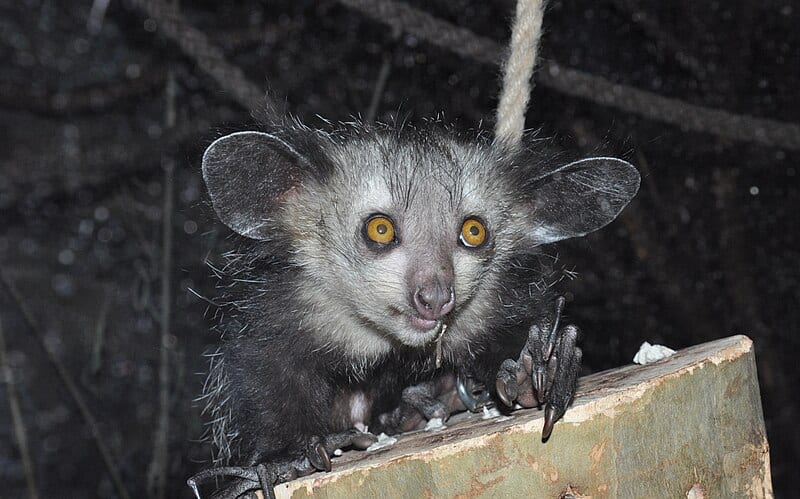
The Aye-Aye, a type of lemur, resides in Madagascar’s rainforests. With its rodent-like teeth and an exceptionally long middle finger, it taps on trees to find grubs, a technique known as percussive foraging. Often misunderstood and considered an omen of bad luck by locals, it is sadly endangered.
Gharial
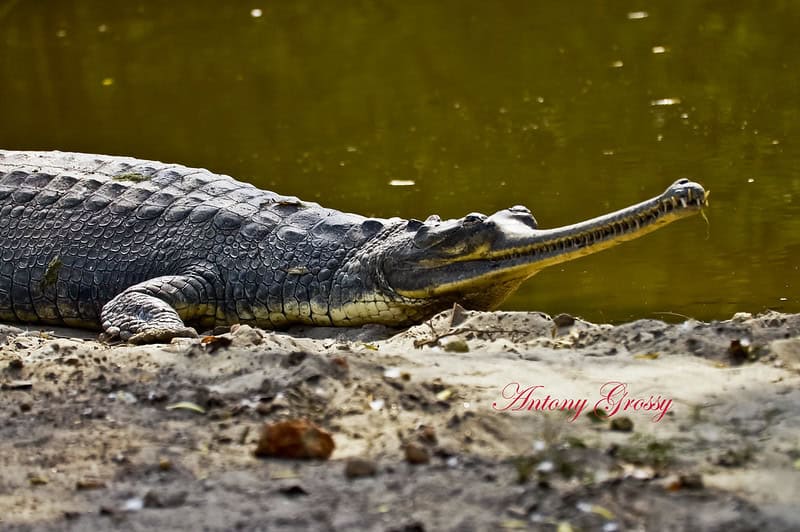
The Gharial, with its long, thin snout filled with sharp teeth, is a distinctive crocodilian native to the Indian subcontinent. Adapted to a primarily fish diet, it uses its unique jaws to catch prey swiftly. Unfortunately, habitat destruction has drastically reduced its numbers, making it critically endangered.
Vaquita
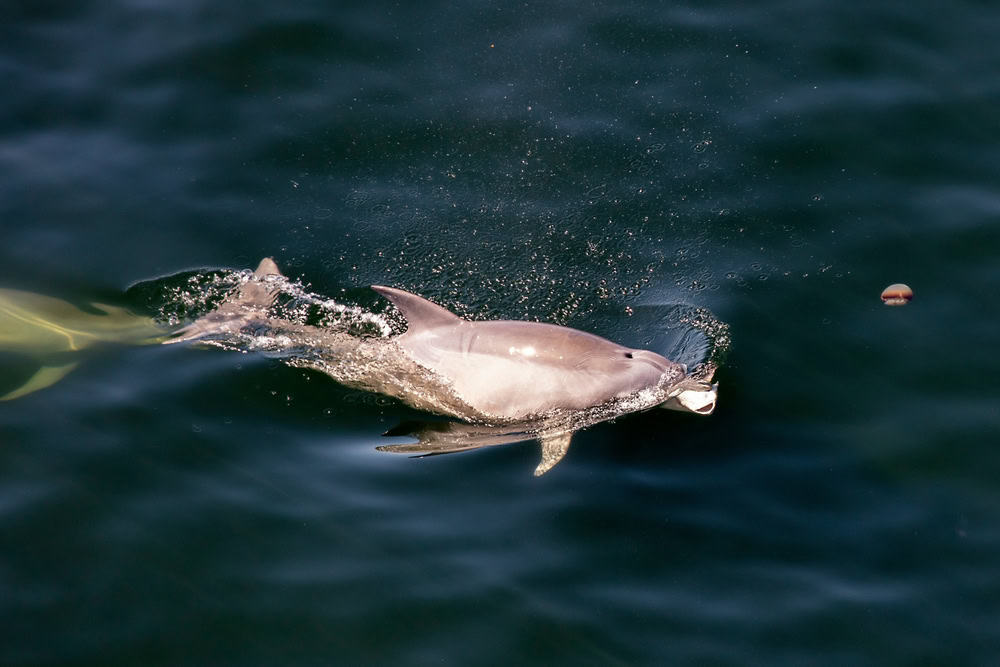
As the world’s smallest and most endangered marine mammal, the Vaquita inhabits the northern part of the Gulf of California. These porpoises are shy and elusive, making them difficult to study. Tragically, their population has dwindled due to bycatch in illegal gillnets used for fishing totoaba fish.
Okapi
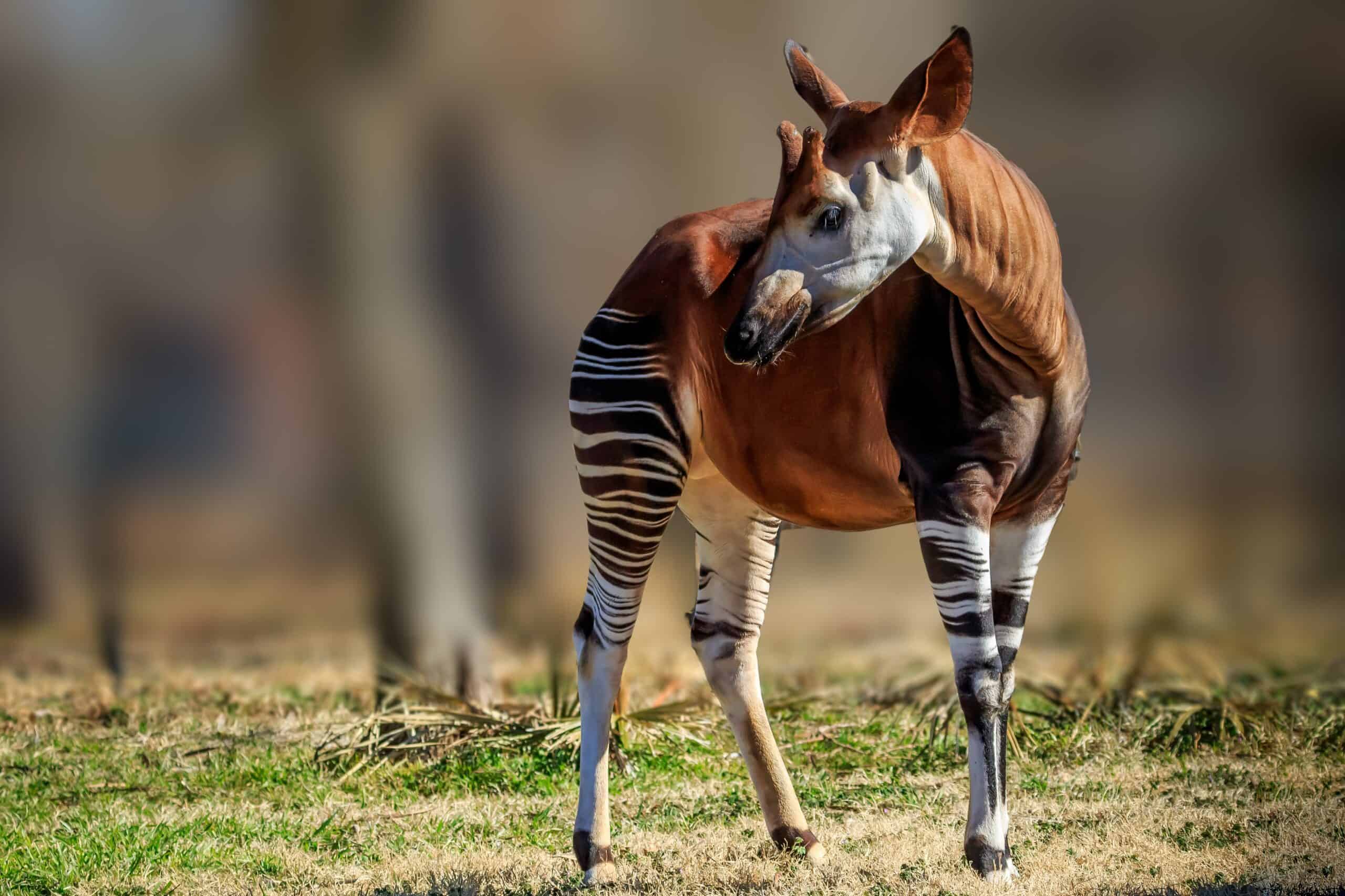
Often referred to as the “forest giraffe,” the Okapi lives in the dense rainforests of the Democratic Republic of Congo. Despite its zebra-like stripes, it is closely related to the giraffe. This elusive herbivore is threatened by habitat loss and poaching.
Axolotl
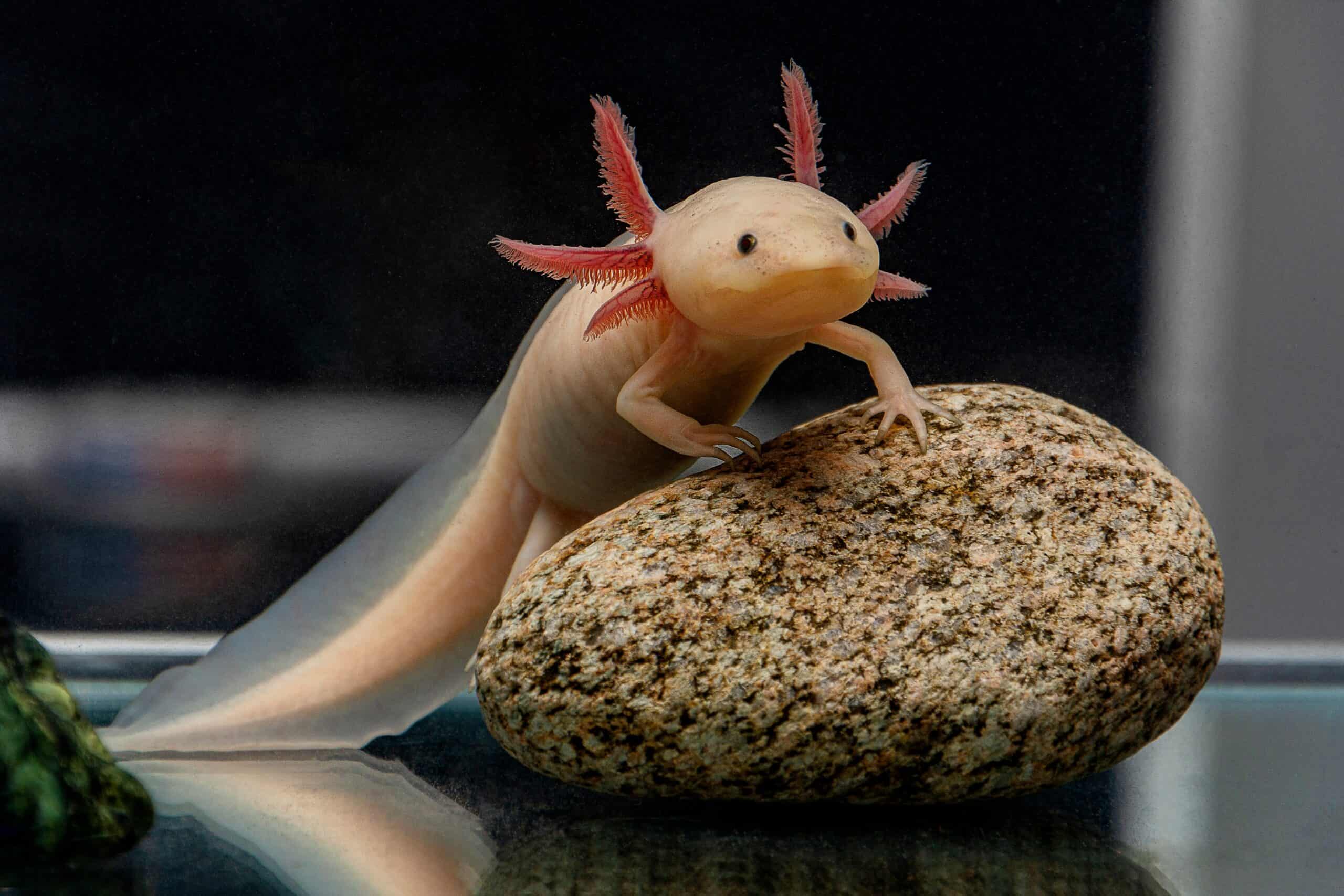
The Axolotl, a type of salamander native to Mexico, is renowned for its extraordinary regenerative abilities, capable of regrowing entire limbs. Unlike other amphibians, it remains in its larval stage throughout its life, retaining gills. Sadly, urbanization and water pollution have pushed it to the brink of extinction.
Shoebill
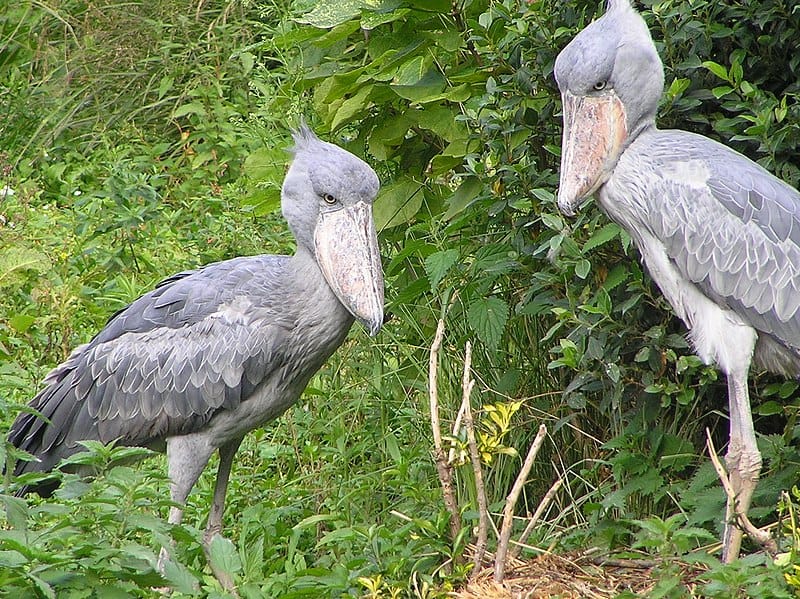
Standing tall in the swamps of East Africa, the Shoebill stork boasts an enormous, shoe-shaped bill. This prehistoric-looking bird is a master hunter, feeding on fish and even young crocodiles. Due to habitat destruction and disturbance, it is considered vulnerable.
Kakapo
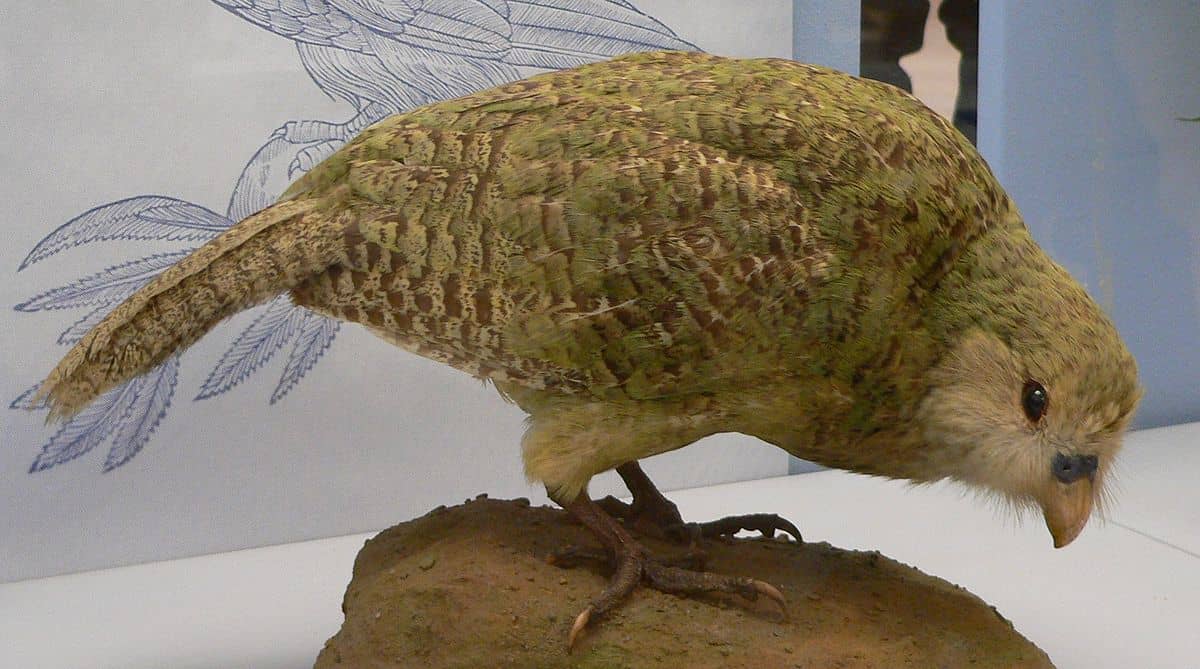
The Kakapo, a nocturnal parrot from New Zealand, is notable for its flightlessness and robust build. It emits a distinct musky odor and has a unique breeding system called lekking, where males compete for female attention. Intensive conservation efforts are underway as it teeters on the edge of extinction.
Irrawaddy Dolphin

The Irrawaddy Dolphin, with its rounded forehead and short beak, is found in coastal and freshwater regions of South and Southeast Asia. Unlike most dolphins, it lacks a prominent beak. Its populations are declining due to habitat loss, pollution, and bycatch.
Bumblebee Bat
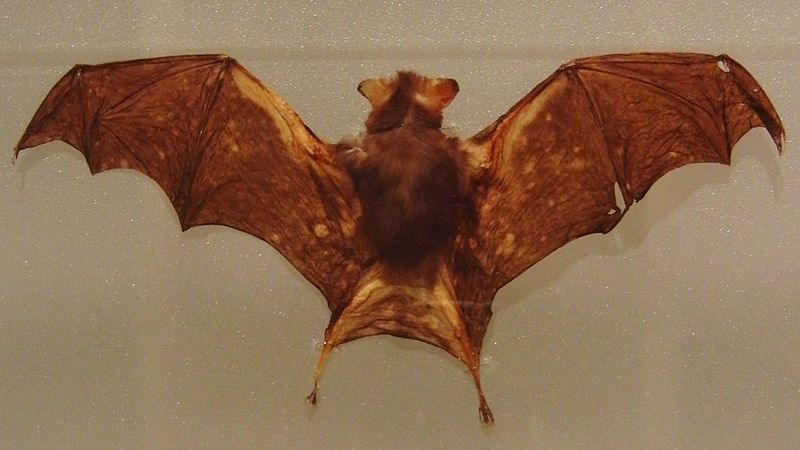
Hailing from Thailand and Myanmar, the Bumblebee Bat, also known as Kitti’s hog-nosed bat, is the smallest mammal in the world by skull size. It weighs just about 2 grams and has a wingspan of approximately 5.7 inches. Habitat destruction poses a significant threat to its survival.
Golden Snub-Nosed Monkey
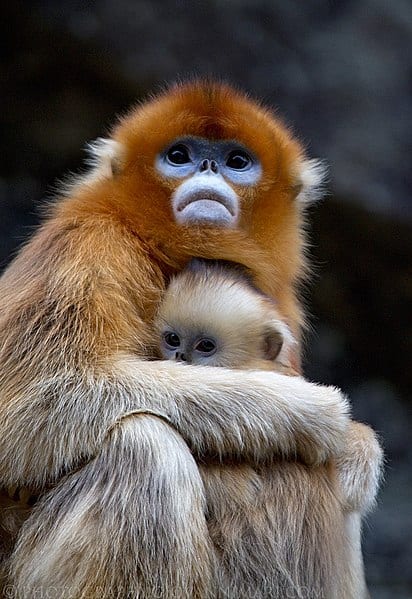
Native to the mountainous forests of central China, the Golden Snub-Nosed Monkey is easily recognizable by its bright blue face and golden fur. Adapted to cold environments, these monkeys huddle together for warmth. Their habitats are under threat from logging and human encroachment.
Red Panda
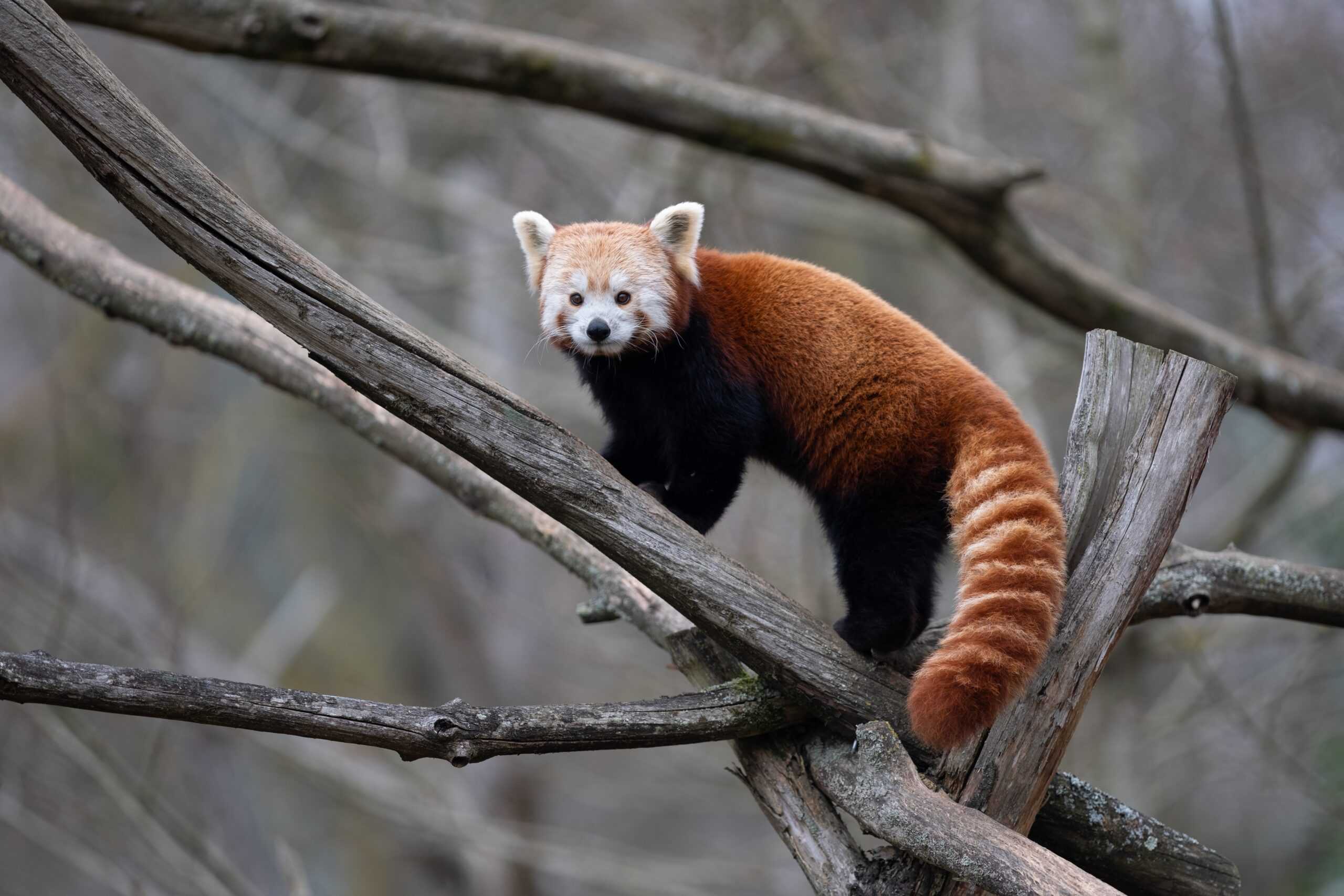
Often overshadowed by its black-and-white namesake, the Red Panda inhabits the temperate forests of the Himalayas. With its reddish-brown fur and bushy tail, it primarily feeds on bamboo. Habitat loss and fragmentation have led to its classification as endangered.
Sumatran Rhinoceros
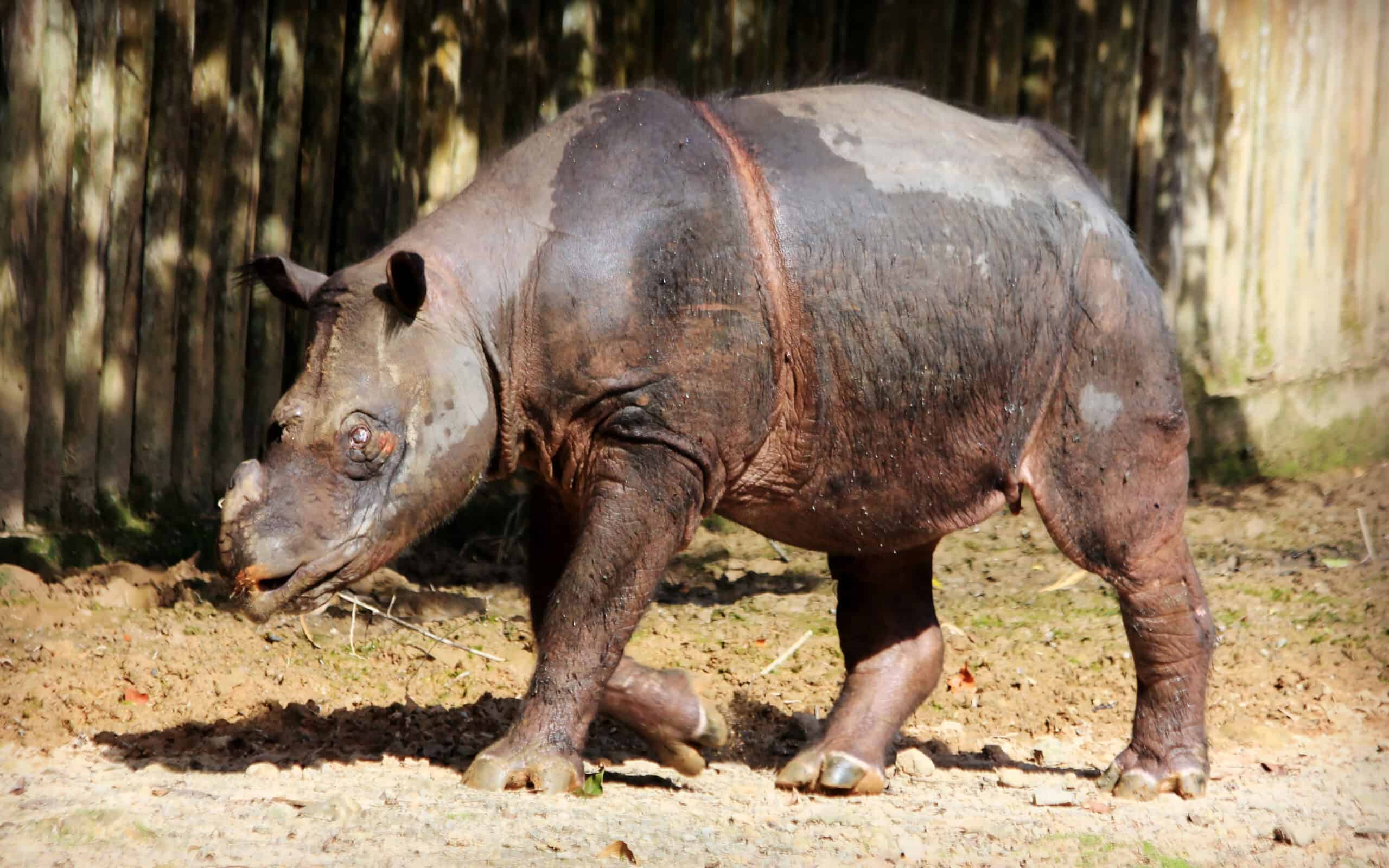
The smallest of the living rhinoceroses, the Sumatran Rhino, is covered in patches of hair and found in Indonesia. It is critically endangered, with fewer than 80 individuals left due to poaching and habitat loss. Conservationists are working tirelessly to save this ancient species.
Fossa
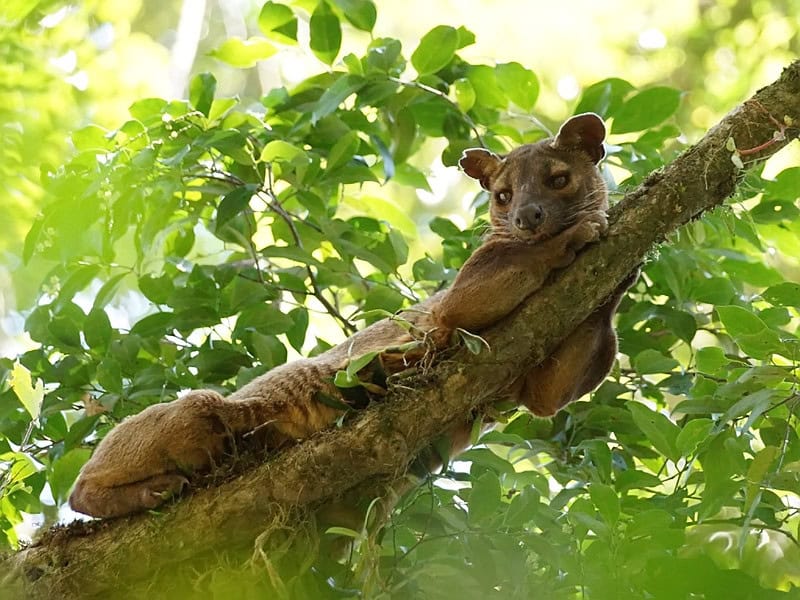
The Fossa, a carnivorous mammal from Madagascar, resembles a small cougar and is the island’s top predator. Agile and powerful, it preys on lemurs and other small animals. Deforestation and hunting have significantly reduced its population, making it vulnerable.
Markhor
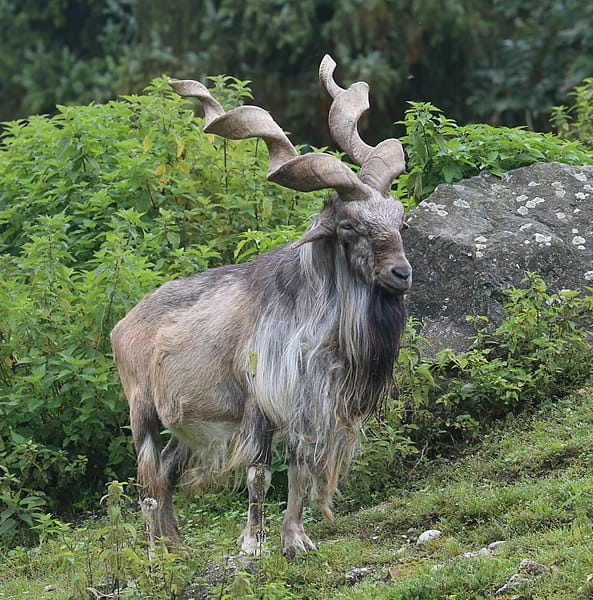
The Markhor, Pakistan’s national animal, is a wild goat known for its impressive spiral horns. Inhabiting mountainous regions, it is adapted to steep, rocky terrain. Poaching and habitat loss have endangered this species, but conservation efforts have seen some populations recover.
Honduran White Bat
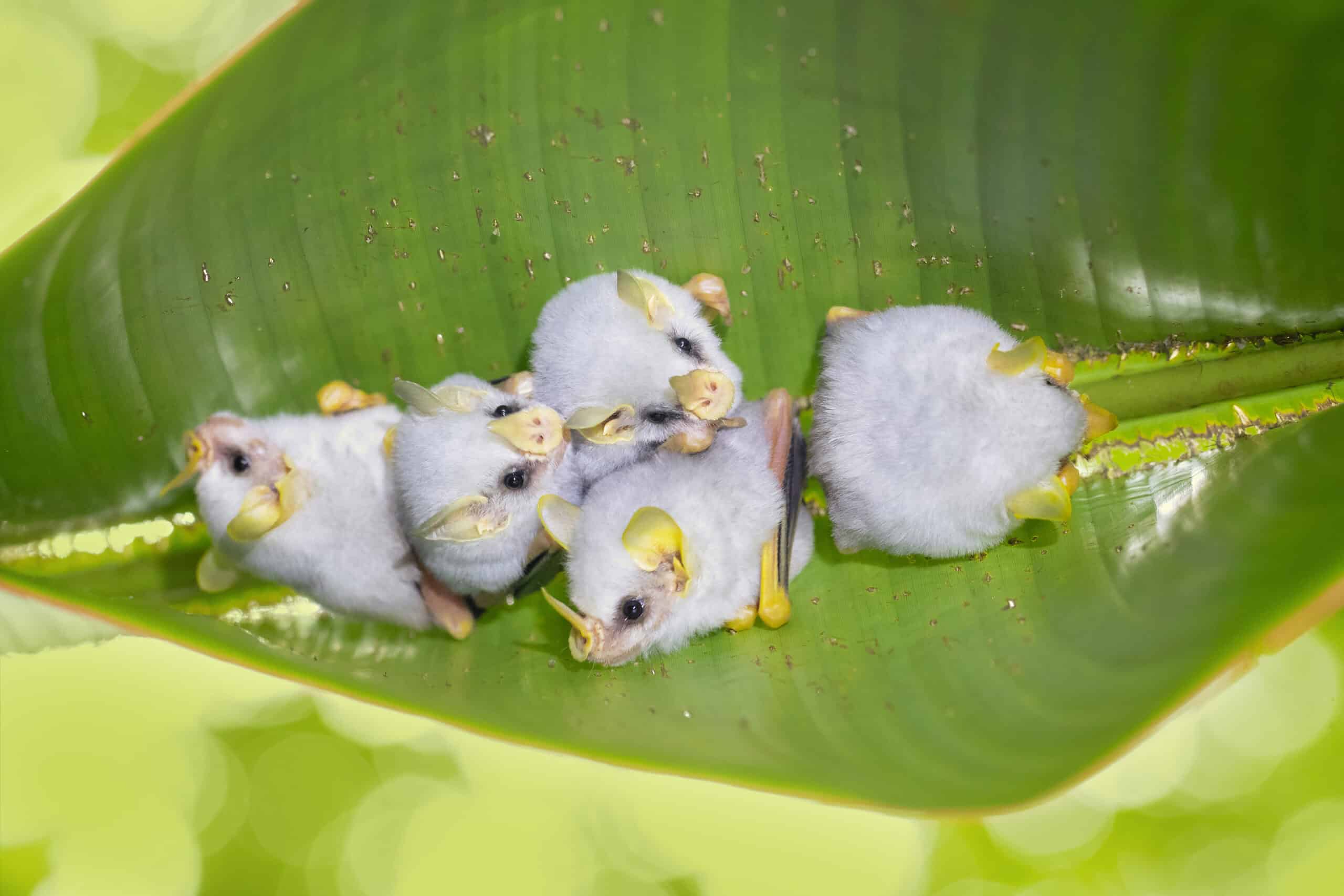
With its striking white fur and yellow nose and ears, the Honduran White Bat is a small fruit bat found in Central America. It constructs tents from large leaves for shelter. Deforestation poses a threat to its habitat and survival.
Purple Frog
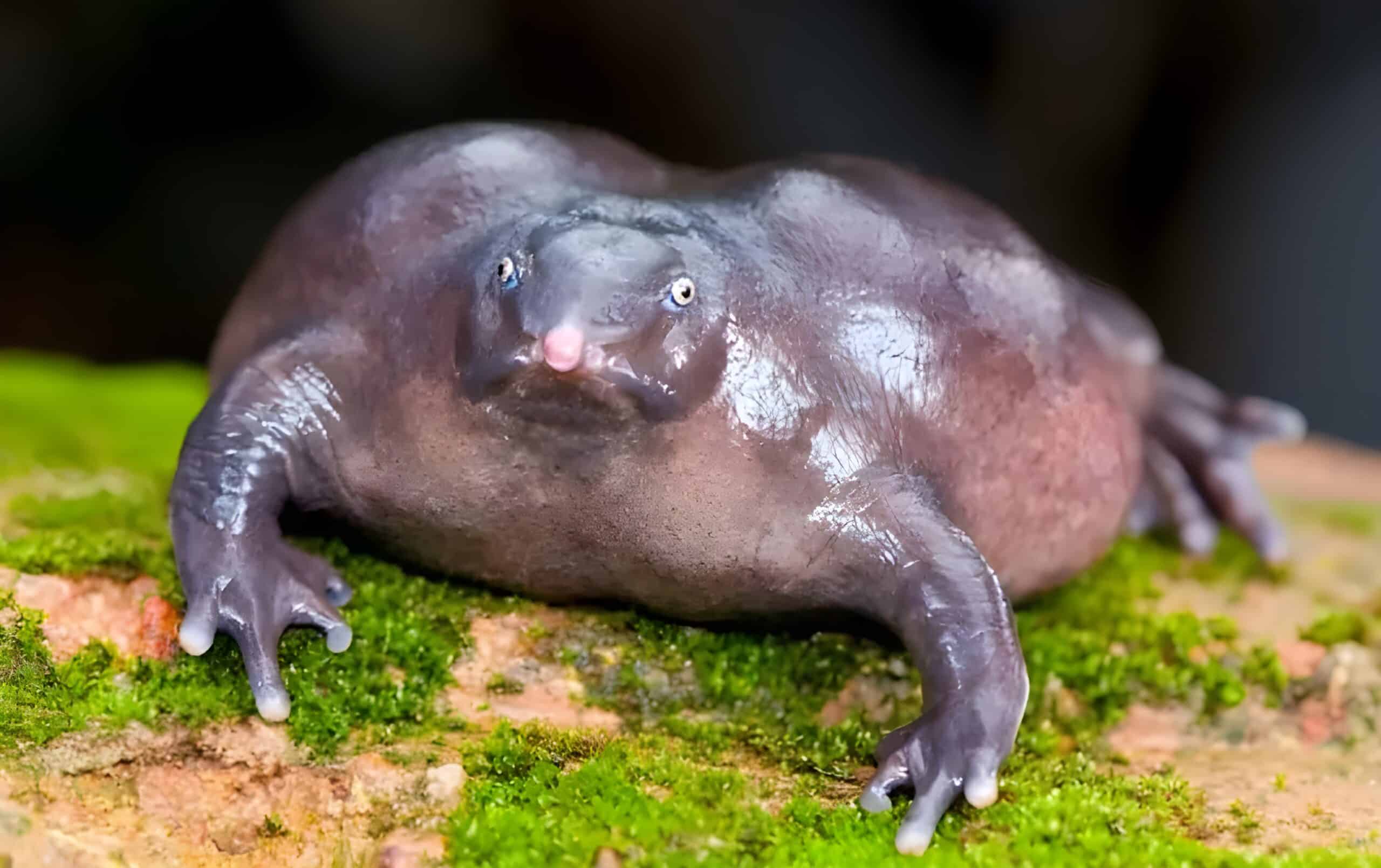
The Purple Frog, native to India, spends most of its life underground and emerges only for a few days during the monsoon season to breed. It has a bloated body and a distinctive pointed snout. Its habitat is increasingly threatened by deforestation.
Tree Kangaroo
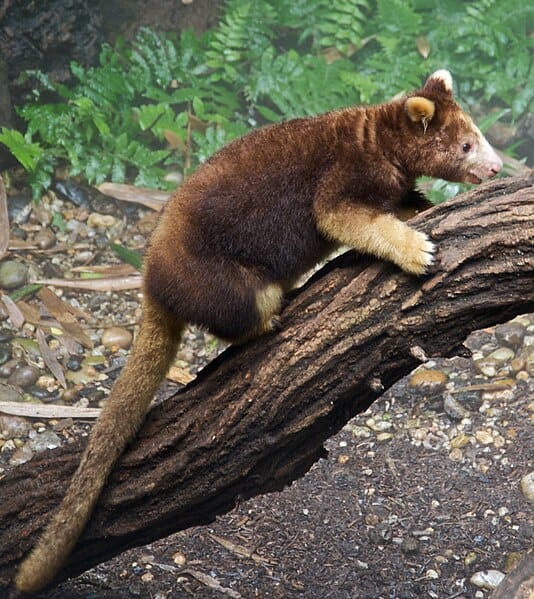
Unlike its terrestrial relatives, the Tree Kangaroo from Papua New Guinea and parts of Australia is adapted to a life in the trees. With strong limbs and a long tail for balance, it nimbly navigates the forest canopy. Deforestation and hunting have led to its vulnerable status.
Tarsier
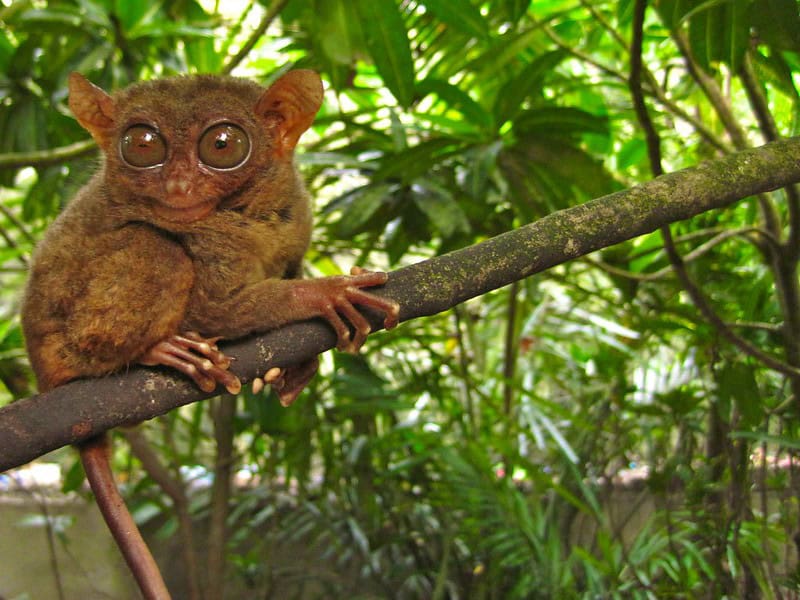
The Tarsier, a small primate found in Southeast Asia, is known for its enormous eyes, which are essential for its nocturnal lifestyle. These tiny creatures can leap great distances to catch insects. Habitat destruction and the pet trade threaten their survival.
This article originally appeared on Rarest.org.
More From Rarest.Org
Peppers are a diverse and vibrant group of fruits that bring a wide range of flavors and heat levels to our dishes. From the mild and sweet to the intensely fiery, each type of pepper offers its unique characteristics and culinary uses. Read more.
Bats are fascinating creatures, often misunderstood and underappreciated. Among them are some species that remain scarcely documented. This article delves into the lesser-known bats, shedding light on their unique characteristics, habitats, and conservation status. Read more.
The world is home to an incredible diversity of deer and antelope species, many of which are increasingly rare and endangered. These unique animals, found in a variety of habitats from dense forests to arid deserts, face significant threats from habitat loss, poaching, and competition with livestock. Read more.


